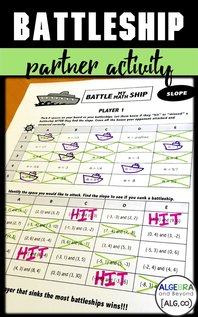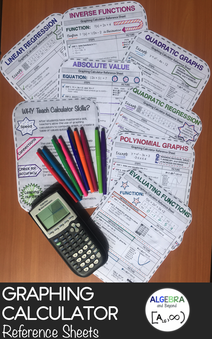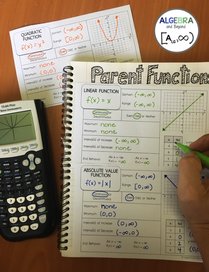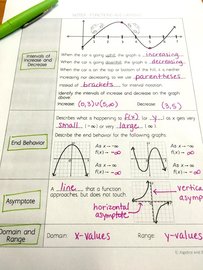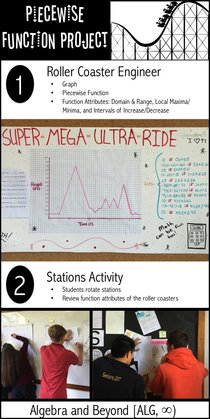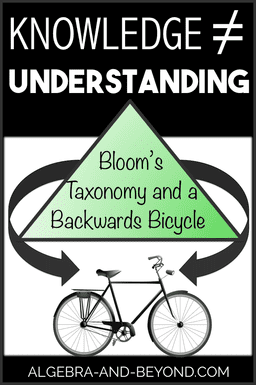 
Let’s start at the bottom, of Bloom’s Taxonomy that is. We all know that knowledge, aka recalling information, is the basic cognitive level of Bloom’s. Often my students want me to teach in a way so they can memorize the math steps. They think this means they understand what they are doing. Um, no, it definitely does not. Below is a video I show my students every year, so they can recognize that knowledge does not equal understanding. My students are pretty mind blown by the video, for many reasons, as you will see.
If this is the first time you have seen the backwards bicycle video, it's pretty neat, right?!
I have discovered that if I can get my students to make the connection between knowledge and understanding, then they can jump to any other level of Bloom’s quite easily. I ask them to think of this connection like a hurdle or a hill; knowledge is on one side and understanding on the other. Once they get over that first obstacle, all of the other doors open to each higher level of cognitive thinking, and not necessarily in a particular order. I've seen students go directly from understanding to creating. It's really fascinating to watch students make these connections so quickly! Bottom line, math cannot be just steps and numbers to students. Quite frankly, they enjoy it on the "understanding" side of the hill because that’s where they appreciate math and can make real world connections. But, getting them over that first hurdle is the first step and I’m glad I (and you) can help them connect knowledge with understanding – one lesson at a time. Examples of cognitive levels in terms of math:
6 Comments
james buckley
12/8/2017 10:01:40 am
Hi Tyra,
Reply
Tyra
12/26/2017 09:11:57 am
Thank you so much!!!
Reply
Kaz
6/2/2020 07:17:03 am
Awesome site. M
Reply
Erin
9/21/2020 11:40:27 am
Thank you so much for this video and your words on Bloom's Taxonomy. I'm in my teacher certificate class right now and it seems like every example is about ELA, so finding your website was a huge help!
Reply
Tyra
9/21/2020 11:57:37 am
Erin, so glad this helped you!!! Math is such a unique subject to teach for sure. Good luck in your class :)
Reply
mariajesusjimenez
11/6/2022 07:31:49 pm
Me gusta
Reply
Leave a Reply. |
Hello there,
|
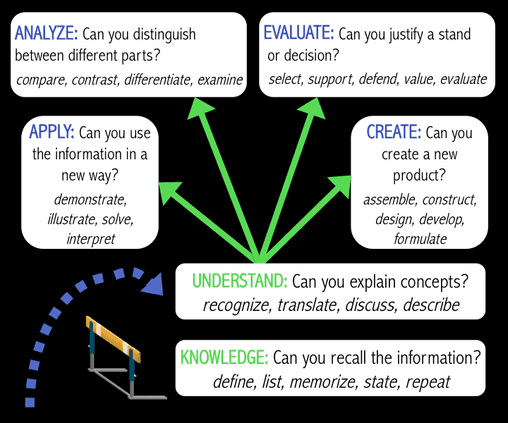





 RSS Feed
RSS Feed



